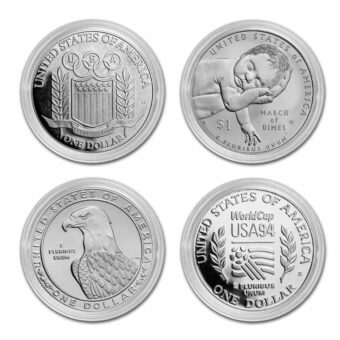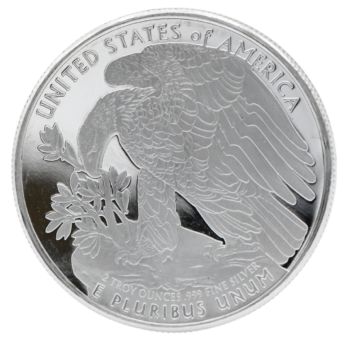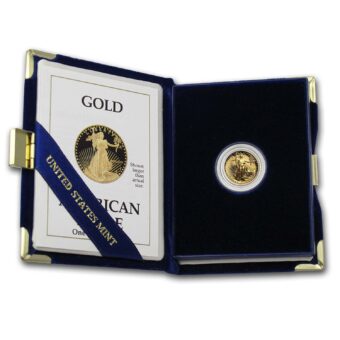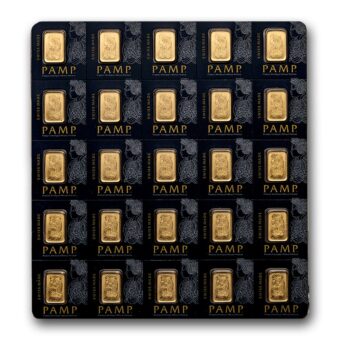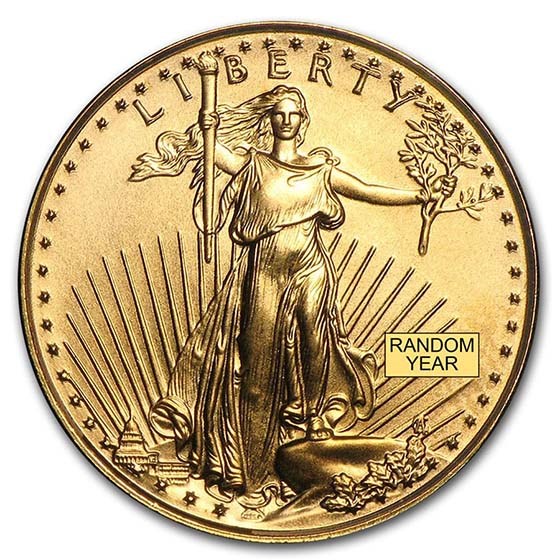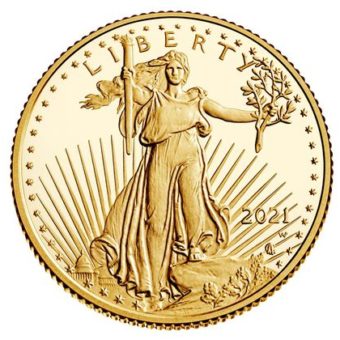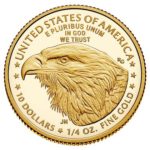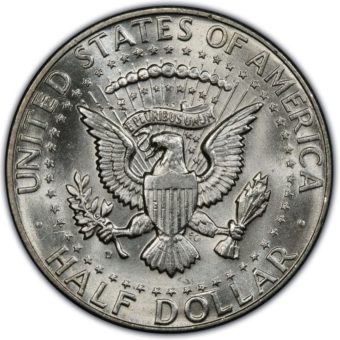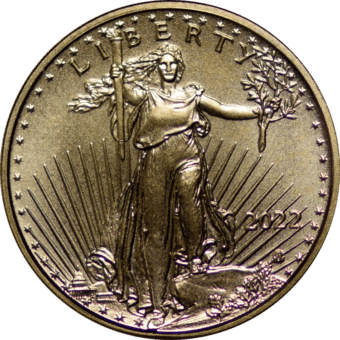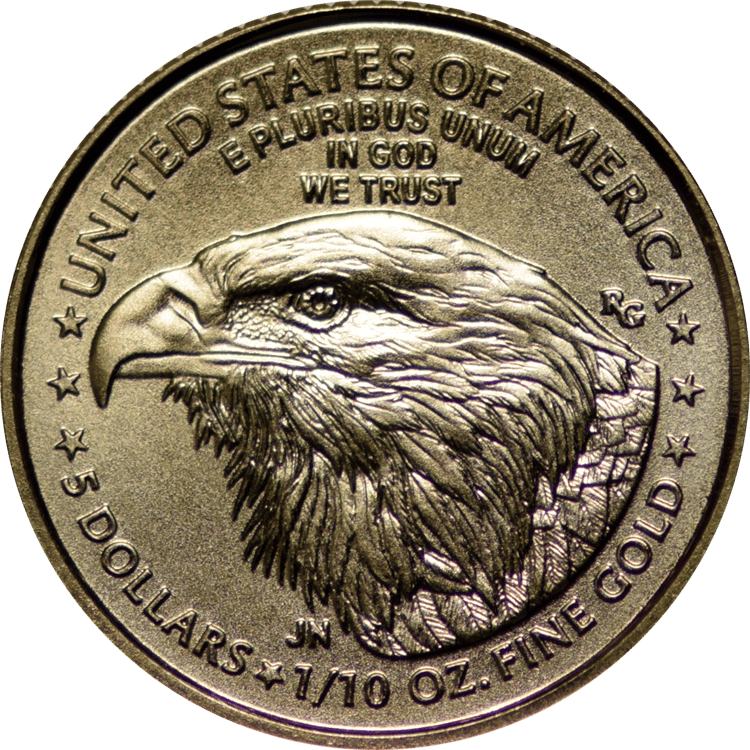Why upcoming data could define the metals market’s next move
Gold’s path this week was anything but smooth—pulling back from record highs before finding footing again. The Federal Reserve opted to keep rates unchanged at 4.25%–4.50%, citing inflation concerns that are now being amplified by renewed tariff talk from Washington. Market participants are watching closely as inflation takes center stage next week, with the release of three crucial reports: Tuesday’s Consumer Price Index (CPI), Thursday’s Producer Price Index (PPI), and Friday’s Import Price Index. Each may shed light on whether trade policies are starting to impact price levels—and could influence the Fed’s policy path from here.
Market Recap: A Week in Gold and Silver
Monday – May 5, 2025:
Gold surged on continued physical demand out of China, rising $74.90 to $3,318.20, while silver ticked up $0.166 to $32.155. This strength came despite speculative selling in the West, as safe-haven demand in the East remained resilient. All eyes turned to the Fed’s midweek policy announcement.
Tuesday – May 6, 2025:
Precious metals gained again as the dollar weakened and oil prices rose. June gold advanced $82.70 to $3,405.40, with silver climbing $0.84 to $33.045. The lack of progress in U.S.-China trade dialogue dampened market sentiment, while China’s Shanghai Gold Exchange unveiled plans to expand into Hong Kong—strengthening yuan-based pricing influence.
Wednesday – May 7, 2025:
Profit-taking pulled gold back to $3,393.90 and silver to $32.785, following the Fed’s decision to maintain interest rates. The central bank acknowledged economic resilience but flagged inflation and labor market risks. Market focus shifted to Chair Powell’s press conference for insight into policy direction.
Thursday – May 8, 2025:
With the dollar firming and global equities climbing, gold and silver retreated on diminished safe-haven demand. June gold fell $40.40 to $3,351.50, while silver slipped $0.216 to $32.575. Optimism over a potential U.S.-U.K. trade deal provided additional risk appetite.
Friday – May 9, 2025:
Gold regained some ground, closing at $3,337.30, buoyed by weaker dollar and rising oil prices. Silver edged up to $32.755. Treasury yields and firm equities capped upside momentum, but overall sentiment remained cautious heading into next week’s inflation readings.
New Hampshire Embraces Gold, Silver, and Bitcoin as Reserve Assets
A state-level shift toward alternative stores of value
In a historic step, New Hampshire has officially added gold, silver, and Bitcoin to its list of permissible reserve assets. Signed into law by Governor Kelly Ayotte on May 6, House Bill 302 grants the state treasury authority to hold tangible and digital assets—so long as the cryptocurrency has a market cap exceeding $500 billion.
This follows similar—but unsuccessful—attempts in Arizona and Florida, placing New Hampshire at the forefront of financial autonomy. Federal momentum appears to be in alignment, with the Trump administration continuing to support digital assets. Discussions are reportedly underway about revaluing U.S. gold reserves as a means to back future Bitcoin acquisitions—a move some refer to as establishing a “digital Fort Knox.”
Key Stats:
- Effective date: May 6, 2025
- BTC price: ~$72,000
- Gold price: ~$3,384/oz
- Strategic BTC reserve: In development
- Other states’ efforts: Vetoed in Arizona, withdrawn in Florida
Why It Matters:
This development signals a broader reevaluation of what constitutes a reserve asset. Whether backed by a physical vault or decentralized network, gold and Bitcoin are being recognized not just as stores of value, but as strategic components in public finance. The direction is clear: states are seeking alternatives to fiat and reaffirming the importance of holding real assets.
Bank of America: $4,000 Gold Still in Sight
New price targets underscore a shift in global sentiment
Bank of America is projecting a path for gold to reach $4,000 per ounce before year-end—well ahead of its previous timeline. The catalyst? A confluence of macro pressures, including geopolitical tension, elevated debt levels, and a dollar under strain. Should demand for physical gold grow by 18%—as seen in 2016 and 2020—this target becomes more plausible.
High prices are already weighing on jewelry demand, but that’s not what’s driving this forecast. Analysts argue that mounting trade tensions and a constrained Fed may accelerate a shift from fiat to hard assets. With U.S. debt at $37 trillion and the cost of interest nearing $2 trillion annually, gold is increasingly seen as a foundation of stability in uncertain conditions.
Key Figures:
- Current gold: ~$3,384/oz
- Target: $4,000/oz
- Debt: ~$37 trillion
- Needed demand growth: +18% YoY
- Tariff rate on China goods: ~11%
Bottom Line:
This isn’t about speculation—it’s about positioning. As central banks juggle competing mandates and global markets navigate trade realignment, physical gold stands out as a reliable hedge against instability.
Fed Holds Rates, Signals Caution
Uncertainty guides central bank restraint
The Federal Reserve has opted for continuity, keeping its benchmark rate at 4.25%–4.50%. Chair Jerome Powell acknowledged solid economic data but emphasized that risk factors—including tariffs, inflation, and employment shifts—require careful observation.
While the Fed hasn’t ruled out cuts, it won’t act without greater clarity. Notably, market expectations for a rate move in the next two meetings have diminished, suggesting a consensus that patience may be the better path.
What to Know:
- Fed Funds Rate: 4.25%–4.50%
- Inflation: Still above 2% target
- Probability of June hold: 75%
- Annual debt interest: ~$2 trillion
Why It Matters:
The Fed’s balancing act reflects deeper structural challenges—managing inflation without derailing growth. As tariffs raise costs and threaten margins, the metals market will be watching closely to see whether sound money principles re-emerge in mainstream policy.
Economic Calendar: May 12–16, 2025
Key events that could shape next week’s market
Tuesday, May 13
- CPI (8:30 AM ET): Signals consumer-level inflation
Wednesday, May 14 - Speech: SF Fed President Daly (5:40 PM ET): Potential policy clues
Thursday, May 15 - Initial Jobless Claims (8:30 AM): Labor market pulse
- Retail Sales (8:30 AM): Consumer activity gauge
- PPI (8:30 AM): Wholesale inflation trends
- Empire State & Philly Fed Surveys (8:30 AM): Regional manufacturing health
- Industrial Production (9:15 AM): Factory output insight
Friday, May 16 - Import Price Index (8:30 AM): Inflation from abroad
- Housing Starts/Permits (8:30 AM): Construction momentum
- Consumer Sentiment (10:00 AM): Market psychology check
Why Each Report Matters for Gold and Silver Markets
Consumer Price Index – May 13
This monthly gauge of inflation tracks changes in the cost of everyday goods and services. A higher-than-expected CPI reading may suggest that price pressures are persisting, potentially prompting the Fed to maintain a tighter monetary stance. That could create short-term pressure on gold. On the other hand, a cooler inflation print might signal easing consumer-level inflation, which could soften expectations for further rate hikes—supporting the case for precious metals.
Mary Daly Speech – May 14
As President of the San Francisco Fed, Daly’s remarks can offer insight into the Federal Reserve’s policy leanings. Any shift in tone—toward either tightening or easing—can move interest rate expectations. A hawkish message may weigh on gold, while dovish commentary could lend support to safe-haven demand.
Initial Jobless Claims – May 15
This weekly snapshot offers early signals on labor market health. A rising number of claims could point to a softening jobs landscape, increasing the appeal of safe-haven assets like gold and silver. Conversely, lower-than-expected claims would support the narrative of a resilient labor market, potentially reinforcing a more hawkish Fed outlook.
Retail Sales – May 15
Consumer spending drives a significant portion of U.S. economic activity. Strong retail figures suggest continued growth and could be seen as inflationary, reducing the urgency for safe-haven assets. Weak retail data, however, may raise concerns about economic slowdown, boosting the appeal of gold and silver as protective assets.
Producer Price Index – May 15
The PPI measures inflation from the supplier side and often foreshadows future increases in consumer prices. Rising wholesale costs can stoke inflation fears, leading to higher gold prices as markets seek hedges. If PPI trends lower, it may ease inflation expectations and limit short-term metals momentum.
Empire State & Philadelphia Fed Manufacturing Surveys – May 15
These regional surveys offer a timely view of manufacturing health. Weak readings may reflect broader economic fatigue, which can enhance gold’s role as a hedge. Strong data, however, signals industrial resilience and may dampen safe-haven interest in metals.
Industrial Production – May 15
This report tracks the total output from factories, utilities, and mines. A decline can stoke concerns about slowing economic activity, potentially prompting increased demand for gold. Solid gains in production suggest growth and could diminish the urgency to seek refuge in hard assets.
Import Price Index – May 16
Rising costs of imported goods may signal inflationary pressure, especially in a weaker dollar environment—often bullish for gold. Flat or declining import prices suggest contained inflation, which might reduce the urgency for hedging strategies involving metals.
Housing Starts & Building Permits – May 16
These are leading indicators of economic confidence and construction sector health. A strong reading can imply resilience in housing and broader economic conditions, possibly tempering the demand for gold. A slowdown in housing could fuel concerns about economic deceleration, boosting precious metal appeal.
Consumer Sentiment (Preliminary) – May 16
This early monthly snapshot of consumer confidence influences market expectations for spending and growth. Lower sentiment readings often reflect growing caution or economic stress, increasing the attractiveness of safe-haven assets. High sentiment may lessen gold’s allure in the short term as optimism prevails.
Want to Dive Deeper into Gold and Silver?
Understanding today’s shifting economic landscape requires more than headlines—it takes perspective rooted in history and discipline. At Prime Assets, we champion the timeless value of tangible assets like gold and silver. Learn how to protect and preserve your wealth by visiting Prime Asset Group. For personal guidance and free shipping and insurance on orders over $5,000, call us at (866) 706-8781 today.






